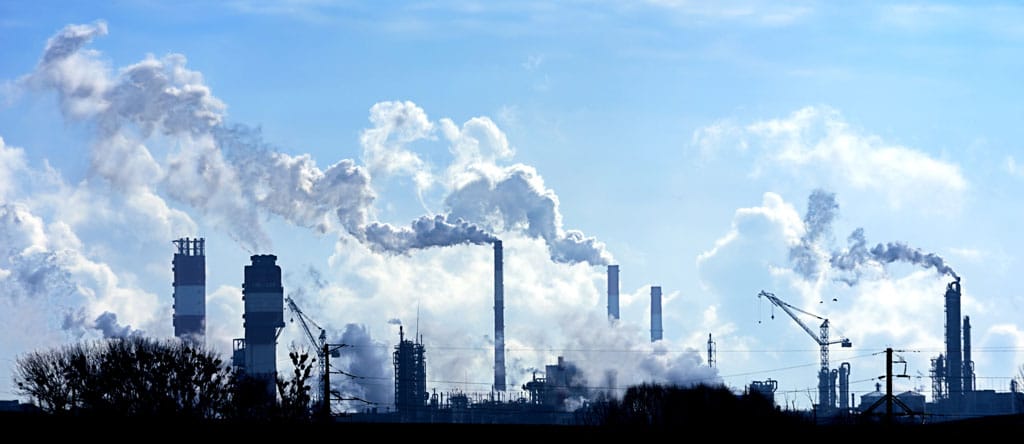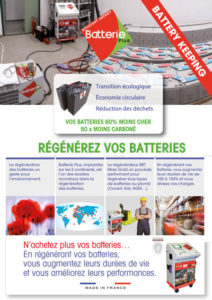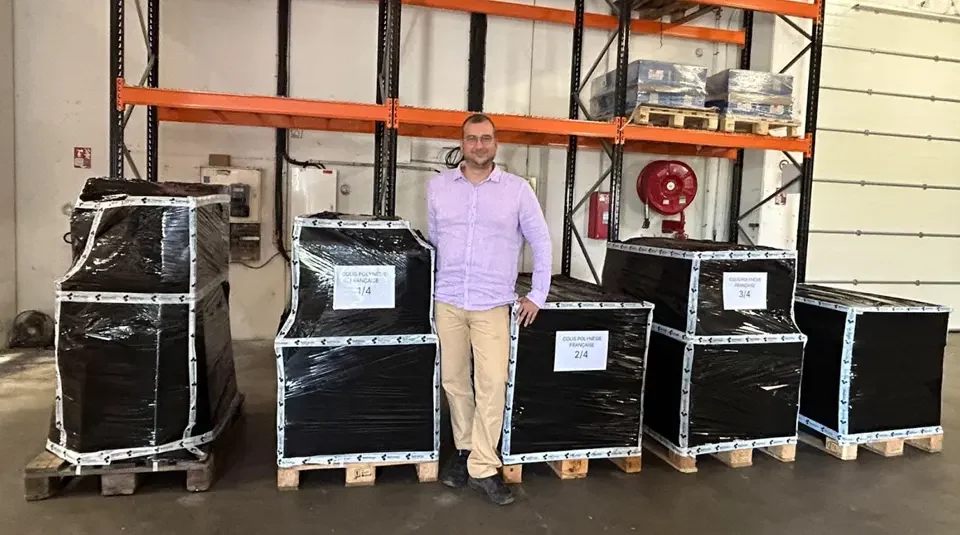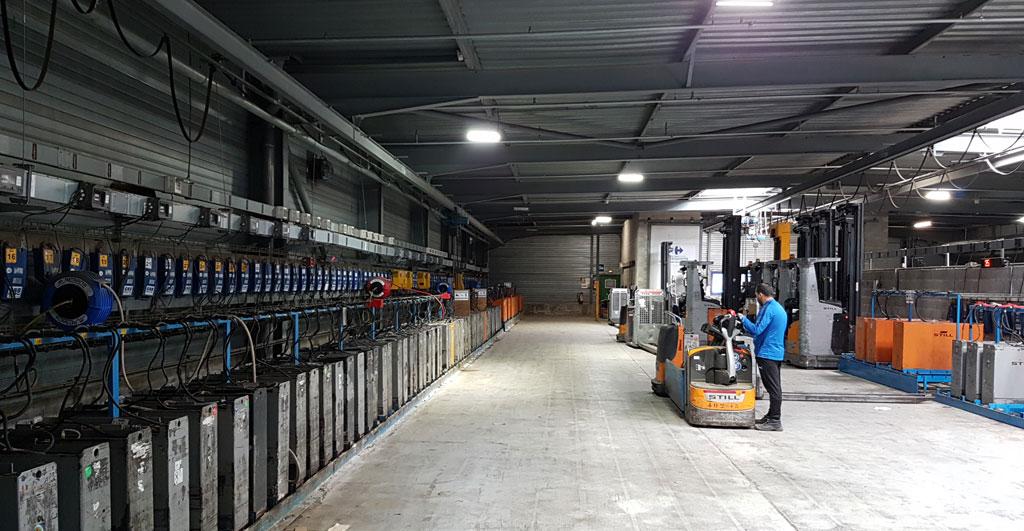
The CARREFOUR SUPPLYCHAIN group invested in a Battery Plus regenerator
29 May 2020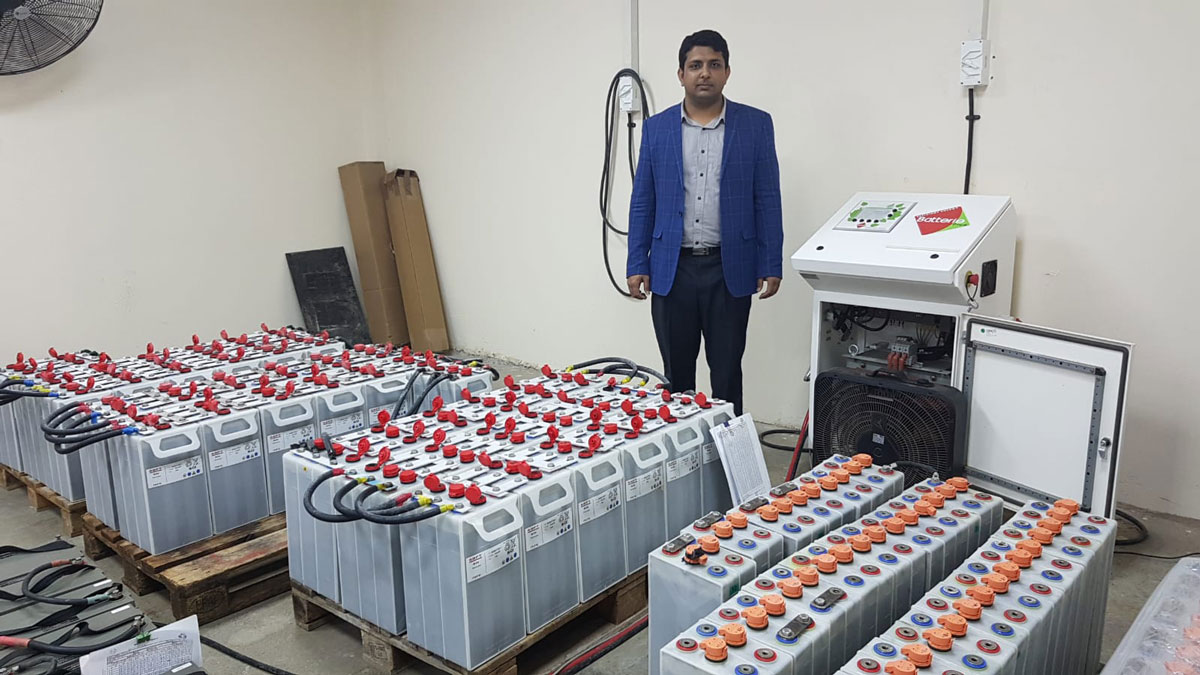
GS Engineering Group in Korea adopts Battery Plus regeneration technology.
18 September 2020
For years we have known that battery regeneration is a leading economic alternative
We also intuitively guessed that regeneration also represented an ecological alternative in terms of carbon footprint.
Be Energy Batterie Plus can now quantify it!
Be Energy called on a specialized firm ACTA Consult, licensed "Bilan Carbone 2020" and active member of the Professional Association of Carbon Consulting - APCC, for the study of the comparative carbon balance between the replacement of new batteries ( with the recycling of old batteries) and their regeneration.
On this basis, Be Energy has developed a tool that can quantify the carbon footprint precisely according to:
• the type of battery (traction or starting)
• its weight and capacity
• its distance from a Battery Plus regeneration workshop
To illustrate all this we took the following examples:
• a 48v 500Ah traction battery located 50km from our workshop
• 20 truck starter batteries located 50km from our workshop
The figures speak for themselves to be discovered in the attached pdf files.
The impact is huge!
The footprint is 49 to 54 times less carbonaceous!
New replacement VS regeneration: regeneration is emerging as a radically carbon-free alternative!
Battery regeneration is a concrete tool for ecological transition and for reducing the carbon footprint of economic players in the area.
It is also a vector of territorial resilience which combines the circular economy, the fight against planned obsolescence, the creation of new jobs while reducing hazardous waste and the carbon footprint.

